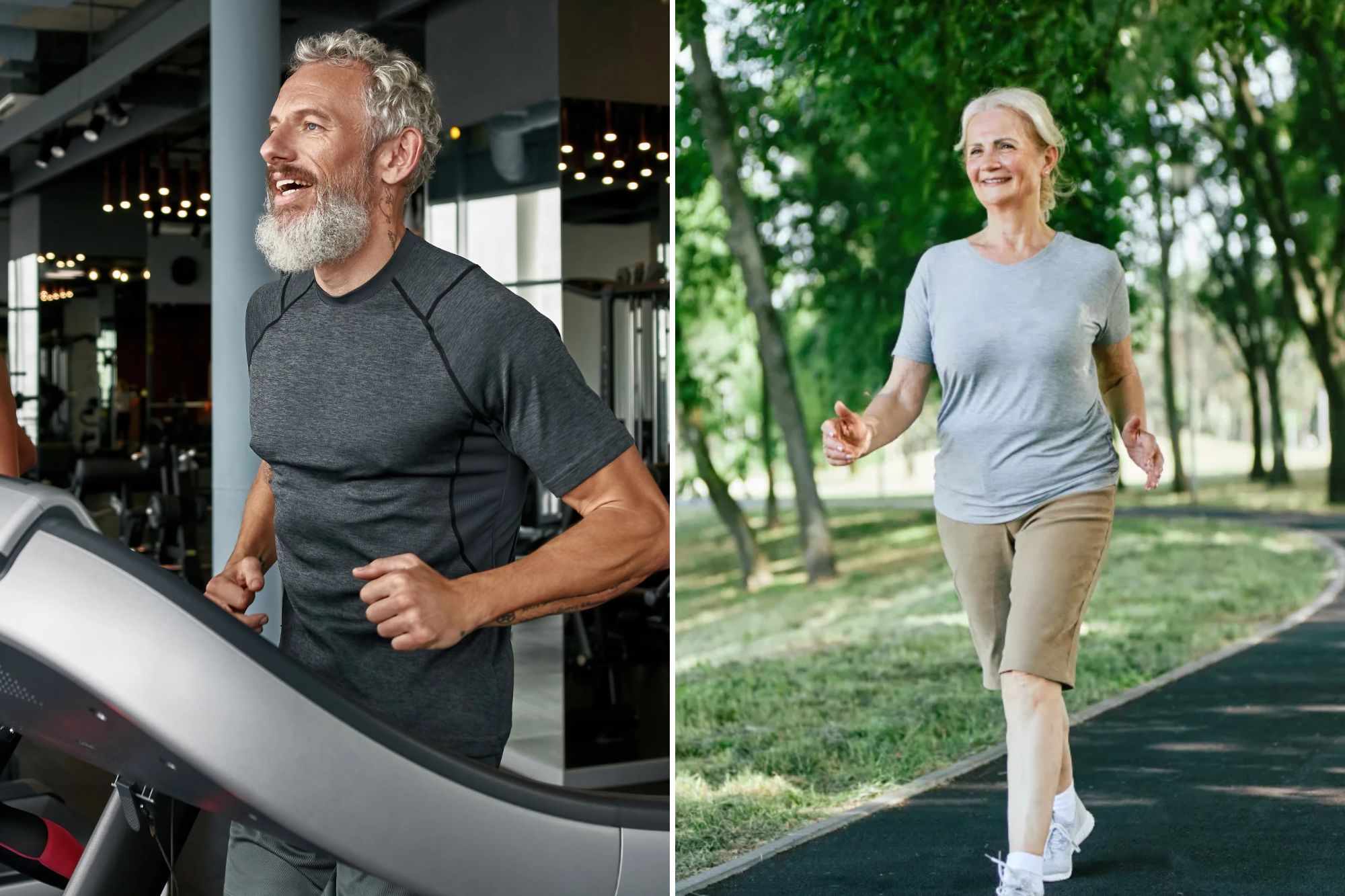Health
Embrace the 6-6-6 Walking Challenge for Better Health Today

The viral 6-6-6 walking challenge is gaining traction as a straightforward fitness routine that aims to improve health and well-being. Participants engage in brisk walking for 60 minutes each day, ideally at 6 a.m. or 6 p.m., incorporating a 6-minute warm-up and cool-down. Advocates highlight its adaptability and low-intensity nature, making it an appealing option for individuals seeking to enhance their fitness levels.
The challenge has attracted attention for its simplicity and effectiveness. While many strive to achieve the often-cited goal of 10,000 steps per day, a 60-minute walk can yield approximately 5,500 steps, making the target more attainable. According to recent research, walking just 5,000 steps three times each week could potentially extend a person’s life expectancy by three years, alongside reducing health-care costs by up to 13%.
Health Benefits of the 6-6-6 Challenge
Engaging in regular walking can yield numerous health benefits. Walking aids digestion, boosts mood, and plays a role in weight management. Additionally, it is known to enhance bone density, improve insulin resistance, lower blood pressure, increase circulation, and strengthen the heart. The 6-6-6 routine is particularly notable for its structured approach, encouraging sustainable exercise habits.
The U.S. Department of Health and Human Services recommends adults engage in at least 150 minutes of moderate aerobic exercise each week. The good news is that brisk walking qualifies as moderate-intensity exercise. Experts further suggest complementing walking with strength training exercises two to three times a week to maximize health benefits. For those looking to intensify their workouts, using a weighted vest or a backpack filled with books can add an extra challenge.
Optimal Timing for Walking
For individuals choosing between morning or evening walks, both options offer distinct advantages. Walking after meals can help regulate blood sugar levels, improve digestion, and support heart health. Lindsey Bomgren, a Certified Personal Trainer and founder of Nourish, Move, Love, notes that both morning and evening walks can positively influence sleep.
“Walking at a set time, especially early in the morning or the evening, helps regulate your circadian rhythm,” said Matt Dustin, a corrective exercise specialist. Morning walks expose individuals to natural light, promoting better sleep later, while evening walks can alleviate daily stress.
The flexibility of the 6-6-6 challenge allows it to integrate easily into various lifestyles. Early risers can benefit from the 6 a.m. slot, while those with busy schedules may prefer the 6 p.m. option. Bomgren emphasizes that the challenge aims to foster habit formation, with designated times signaling when it is time to move. Ultimately, consistency in participation is what matters most, regardless of the time of day.
As more individuals embrace the 6-6-6 walking challenge, it illustrates a growing trend towards accessible fitness routines that prioritize health and well-being. With its simple structure and flexible schedule, this challenge may serve as an effective way to engage in regular exercise, paving the way for a healthier lifestyle.
-

 Lifestyle3 months ago
Lifestyle3 months agoLibraries Challenge Rising E-Book Costs Amid Growing Demand
-

 Sports3 months ago
Sports3 months agoTyreek Hill Responds to Tua Tagovailoa’s Comments on Team Dynamics
-

 Sports3 months ago
Sports3 months agoLiverpool Secures Agreement to Sign Young Striker Will Wright
-

 Lifestyle3 months ago
Lifestyle3 months agoSave Your Split Tomatoes: Expert Tips for Gardeners
-

 Lifestyle3 months ago
Lifestyle3 months agoPrincess Beatrice’s Daughter Athena Joins Siblings at London Parade
-

 World3 months ago
World3 months agoWinter Storms Lash New South Wales with Snow, Flood Risks
-

 Science3 months ago
Science3 months agoTrump Administration Moves to Repeal Key Climate Regulation
-

 Science2 months ago
Science2 months agoSan Francisco Hosts Unique Contest to Identify “Performative Males”
-

 Business3 months ago
Business3 months agoSoFi Technologies Shares Slip 2% Following Insider Stock Sale
-

 Science3 months ago
Science3 months agoNew Tool Reveals Link Between Horse Coat Condition and Parasites
-

 Sports3 months ago
Sports3 months agoElon Musk Sculpture Travels From Utah to Yosemite National Park
-

 Science3 months ago
Science3 months agoNew Study Confirms Humans Transported Stonehenge Bluestones









